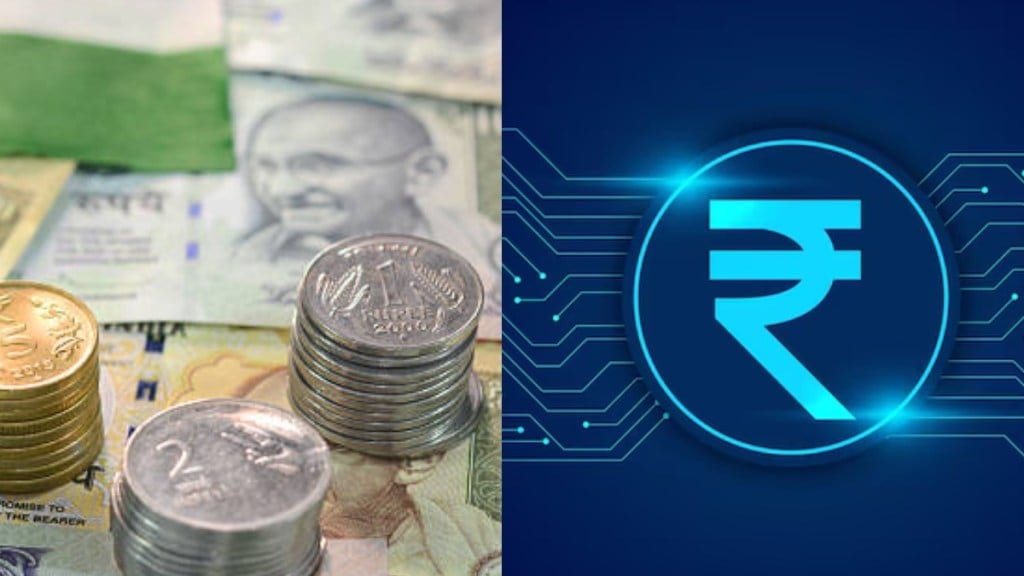The Economic Survey is quite unfazed about the rupee’s depreciation in recent months. In its latest report, it pointed out that despite reaching new lows, the rupee has depreciated only moderately compared to other currencies.
In the first nine months of FY25, the rupee depreciated 2.9%, performing better than the Canadian dollar, South Korean won, and Brazilian real, which depreciated by 5.4%, 8.2%, and 17.4%, respectively.
“One of the primary factors behind the rupee depreciation during 2024 has been the broad-based strengthening of the dollar amidst geopolitical tensions in the Middle East and uncertainty surrounding the US election,” said the Economic Survey.
The dollar index rose by 2.75% to 108.48 in December. The dollar also strengthened as the Federal Reserve (Fed) signalled fewer rate cuts than expected.
The survey further highlighted that the Nominal Effective Exchange Rate (NEER) for the rupee remained stable in the 90-92 range from April to November 2024, indicating relative stability in the domestic currency amidst external uncertainties.
At the same time, the Real Effective Exchange Rate (REER) for the rupee, which gives the real purchasing power of the currency, appreciated from 103.2 in April 2024 to 107.2 in December 2024.
In November, the REER touched a peak of 108.14 due to the RBI’s persistent intervention in the spot and forward markets. The regulator sold a record $20.2 billion in November in the spot market to contain volatility in the foreign exchange market, according to the RBI data.
The net short position in the forward market rose further to $58.9 billion by the end of the month. The RBI bought $30.8 billion, while it sold $51.1 billion of foreign currency in the spot market in November.
Despite significant spot dollar sales and forward interventions by the RBI, the rupee continues to weaken. According to the RBI data, India’s foreign exchange reserves fell to $623.983 billion as of January 17, 2024, as compared to $701.176 billion as of October 4, 2024.
